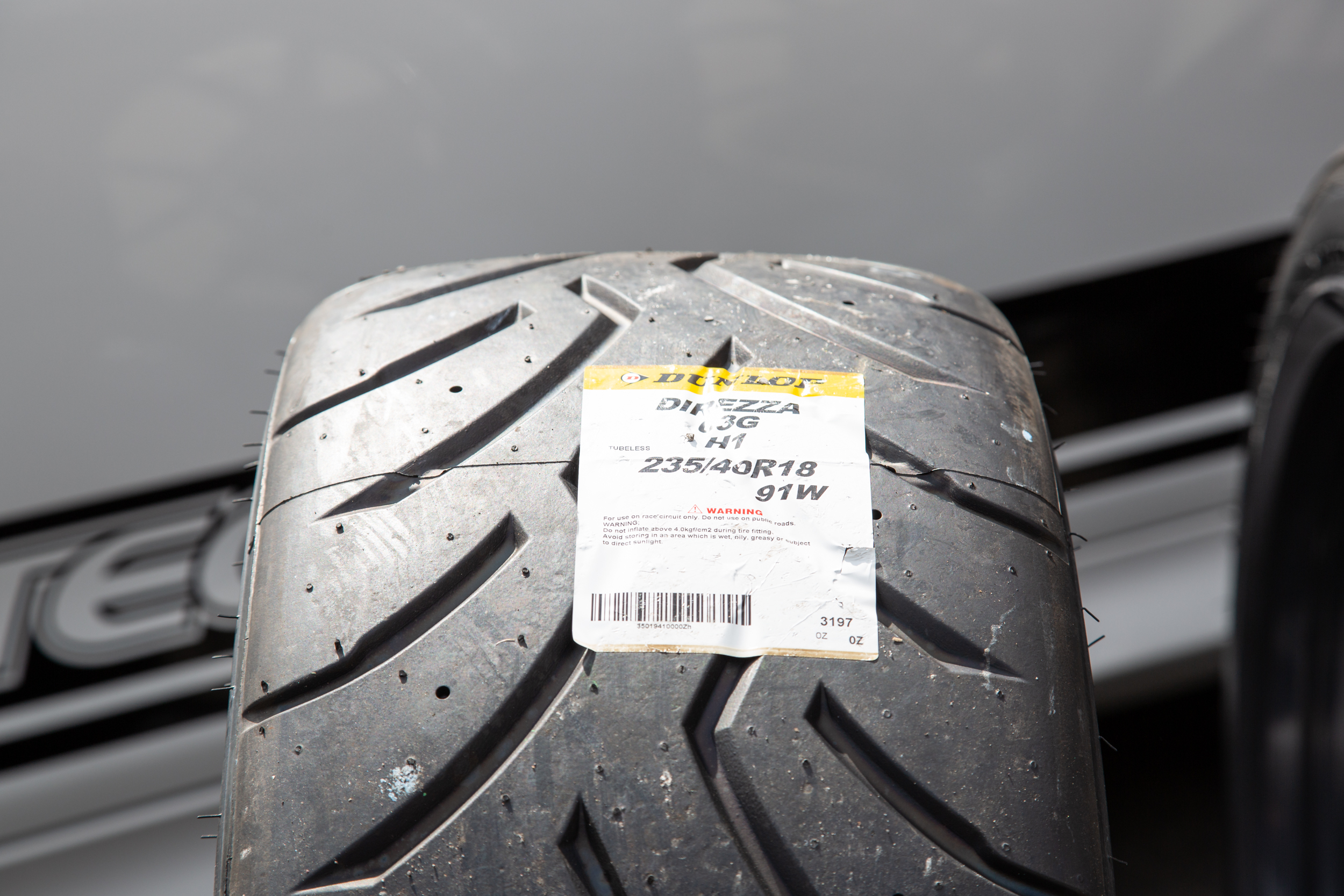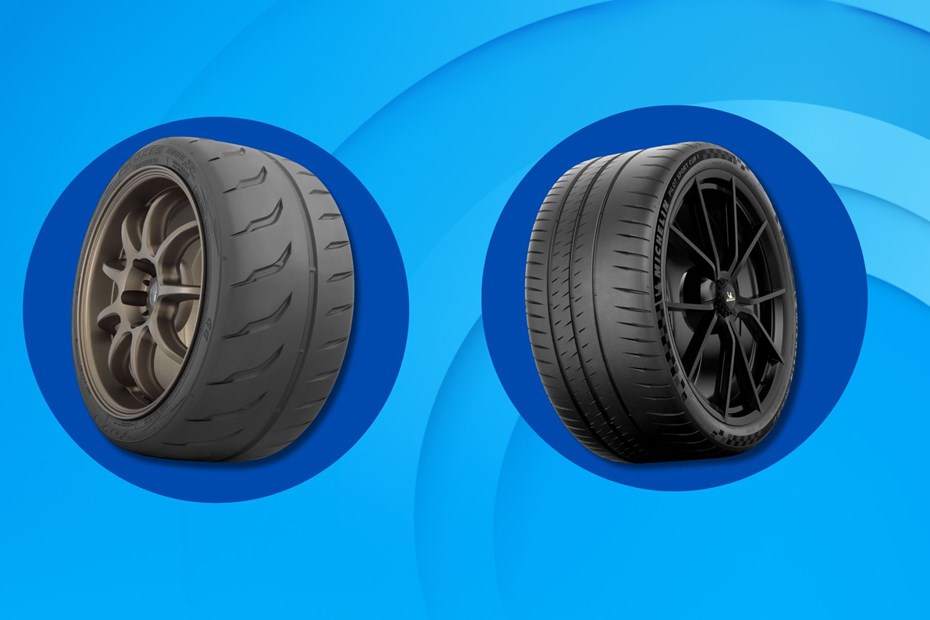All Categories
Featured
Table of Contents
The Michelin offered a comfortable driving experience, qualified by receptive steering and a progressive understeer balance. Despite the cooler screening conditions, Michelin's regular time and hold over 3 laps shows its viability for real-world applications.
The tire's initial lap was a second slower than the 2nd, directing to a temperature-related grasp boost. For daily usage, the Michelin might be a safer bet.
Top Vehicle Tyres
It shared Michelin's safe understeer balance but did not have the latter's desire to turn. Continental and Goodyear's efficiencies were remarkable, with Continental's new PremiumContact 7 revealing a considerable renovation in damp conditions compared to its precursor, the PC6. This model was much much less conscious load adjustments and acted just like the Michelin, albeit with a little much less communication at the limit.
It integrated the risk-free understeer equilibrium of the Michelin and Continental with some stylish handling, showing both foreseeable and quick. As an all-rounder for this Golf GTI, Goodyear's Crooked variety was the standout, demonstrating impressive performance in the wet. The Bridgestone Potenza Sporting activity took the crown as the fastest tire, albeit by a tiny margin.
Vehicle drivers seeking an interesting damp drive could find this tyre worth taking into consideration. The standout entertainer in damp braking was the newest tyre on test, the PremiumContact 7, though the outcomes are nuanced.
Top Budget Car Tyres – Lockridge
Ideally, we desired the cold temperature examination to be at around 5-7C, but logistical hold-ups meant we evaluated with an ordinary air temperature of 8C and water at 12C. While this was cooler than standard test problems, it was still warmer than real-world conditions. The cozy temperature level examination was done at an average of 18C air and 19C water.
The 3rd run included damp braking examinations on used tires, specifically those machined to 2mm with a small run-in. While we intended to do even more with these worn tires, climate restrictions limited our screening. Nevertheless, it deserves keeping in mind that damp stopping is most critical at the used state, as tires usually improve in dry problems as they use.
Bridgestone, Goodyear, and Michelin saw the least efficiency decrease when used. The Hankook tyre registered the tiniest performance drop as temperature levels cooled, but it was amongst the most affected when put on.
Affordable Wheel Alignment Services Near Me (Lockridge 6054 WA)
The take-home message here is that no solitary tire mastered all aspects of damp stopping, indicating an intricate interaction of elements affecting tire performance under various conditions. There was a standout tire in aquaplaning, the Continental finished top in both straight and rounded aquaplaning, with the Michelin and Goodyear likewise great in deeper water.

Yokohama might take advantage of somewhat more grasp, a concern possibly influenced by the cooler conditions. When it comes to dealing with, all tyres executed within a 2% array on the lap, showing their premium performance (Tyre shop). Considering these tires essentially target the very same consumer, it's fascinating to observe the substantial differences in feel.
The surprise is because the PremiumContact 6 was among my favourites for flashy completely dry drives, however its follower, the PremiumContact 7, seems a lot more fully grown and looks like Michelin's performance. Among these, Hankook was the least exact in steering and interaction at the limit. Tyre sales. Both Michelin and Continental used beautiful preliminary guiding, albeit not the fastest
If I were to suggest a tyre for a rapid lap to a beginner, claim my dad, it would certainly be one of these. We have the 'enjoyable' tyres, specifically Yokohama and Bridgestone. Both were swift to guide and felt sportier than the others, yet the compromise is a much more lively back side, making them much more challenging to deal with.
Reliable Tyre Safety Checks Near Me – Swan
It supplied comparable steering to Bridgestone yet supplied better responses at the limit and far better hold. The Bridgestone Potenza Sport, nonetheless, appeared to break down quite rapidly after just 3 laps on this requiring circuit. Finally, there's Goodyear, which positioned itself someplace in between the fun tyres and those having a tendency towards understeer.
In conclusion, these tyres are excellent performers. For road usage, I 'd lean towards either the Michelin or Goodyear, depending upon your certain choices. In terms of tire wear, the technique used in this examination is what the sector describes as the 'gold requirement' of wear. The wear experts at Dekra conducted this examination, which involved a convoy of cars traversing a carefully intended path for 12,000 kilometres.
Both the Bridgestone and Yokohama tyres dramatically underperformed in contrast to the other four tires in regards to rolling resistance, with Continental a little outmatching the remainder. Pertaining to the comfort degree of the tyres, as prepared for, the majority of showed an inverted correlation with handling. The Continental, Michelin, and Goodyear tires carried out finest throughout different surface kinds examined.

Bridgestone began to reveal indicators of suppleness, while Yokohama was specifically jarring over splits. We did determine inner noise levels; nonetheless, as is usually the case, the results were closely matched, and because of weather restraints, we were incapable to carry out a subjective analysis of the tyres noise. Ultimately, we took a look at abrasion numbers, which measure the amount of tyre tread lost per kilometre, normalised to a one-tonne automobile.
Trusted Tyre Rotation Services Near Me – Swan
This number stands for the quantity of rubber dirt your tires generate while driving. Michelin led in this classification, generating over 9% much less rubber particle issue.
Table of Contents
Latest Posts
Reliable Vehicle Alignment
Reliable Tyre Fitting – Stirling
Vehicle Tyres
More
Latest Posts
Reliable Vehicle Alignment
Reliable Tyre Fitting – Stirling
Vehicle Tyres